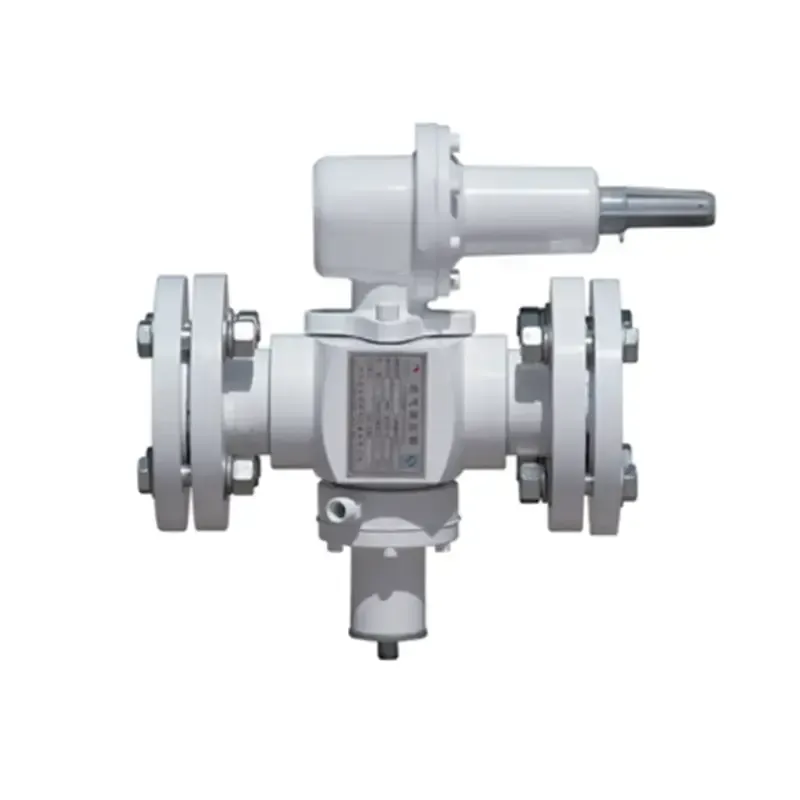
Nov . 22, 2024 06:15
Back to list
relief valves
Understanding Relief Valves Essential Components for Safety and Efficiency
Relief valves play a critical role in various industrial applications, serving as vital safety devices that prevent overpressure in systems containing gases or liquids. These devices ensure the safe operation of equipment by automatically releasing excess pressure, thereby protecting systems from potential failures. This article delves into the workings, types, applications, and importance of relief valves in various sectors.
How Relief Valves Work
Relief valves are mechanical devices designed to open when a specific set pressure is reached within a system. They function on a simple yet highly effective principle a spring-loaded mechanism that maintains a preset pressure. When the system pressure exceeds the designated threshold, the valve opens, allowing the excess fluid or gas to escape. Once the pressure drops to a safe level, the valve closes, restoring system integrity.
This automatic operation is crucial because manual intervention may not always be possible during critical situations. Therefore, relief valves are essential for protecting equipment, personnel, and the environment from the hazards associated with overpressure.
Types of Relief Valves
There are several types of relief valves, each designed for specific applications and requirements
2. Pilot-operated Relief Valves These valves use system pressure to control a pilot valve that opens or closes the main valve, allowing for greater capacity and more precise control.
3. Balanced Relief Valves Designed to compensate for back pressure, these valves maintain consistent performance even when system pressure fluctuates.
relief valves

4. Safety Valves Typically used in steam applications, these devices open fully to release pressure quickly and are often tested for compliance with stringent safety standards.
5. Pressure Relief Devices (PRDs) These encompass various configurations and mechanisms to protect equipment, including bursting discs and rupture discs, which are passive devices that fail under specific pressures.
Applications of Relief Valves
Relief valves are ubiquitous in industries such as oil and gas, petrochemical, food and beverage, pharmaceuticals, and water treatment. They are used in piping and storage systems, pressure vessels, boilers, and compressors—anywhere that pressure levels need to be monitored and controlled.
In the oil and gas sector, for instance, relief valves are critical in maintaining safe pressures during the extraction, transport, and refining processes. Similarly, in the manufacturing industry, they are employed to prevent equipment failures that could lead to costly downtimes or hazardous situations.
Importance of Relief Valves
The significance of relief valves cannot be overstated. They are integral to maintaining safe operational environments, ensuring compliance with industry regulations, and protecting investments. The potential risks associated with overpressure—including equipment damage, explosions, and environmental contamination—underscore the necessity of having reliable relief valves in place.
Regular maintenance and testing of relief valves are also vital to ensure their proper function. Neglected or faulty valves can lead to catastrophic failures, making it imperative for facilities to adopt rigorous inspection protocols.
In conclusion, relief valves are essential components of modern industrial systems, providing safety and efficiency through their reliable operation. As industries continue to evolve and pressure systems become increasingly complex, the role of relief valves will remain paramount in safeguarding both human lives and valuable assets. Understanding the various types and applications of these devices is essential for anyone involved in system design, maintenance, or safety management. By prioritizing the selection and upkeep of relief valves, industries can ensure a safer and more efficient operational environment.
Next:
Latest news
-
Safety Valve Spring-Loaded Design Overpressure ProtectionNewsJul.25,2025
-
Precision Voltage Regulator AC5 Accuracy Grade PerformanceNewsJul.25,2025
-
Natural Gas Pressure Regulating Skid Industrial Pipeline ApplicationsNewsJul.25,2025
-
Natural Gas Filter Stainless Steel Mesh Element DesignNewsJul.25,2025
-
Gas Pressure Regulator Valve Direct-Acting Spring-Loaded DesignNewsJul.25,2025
-
Decompression Equipment Multi-Stage Heat Exchange System DesignNewsJul.25,2025

